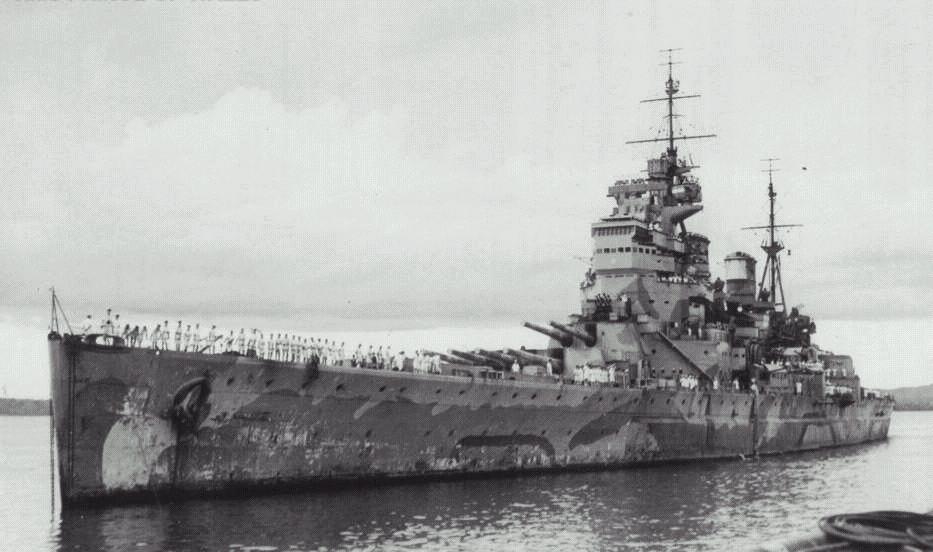10 December: Today in military history
 Today’s post is in honor of Staff Sgt. Wesley R. Williams, who was killed by an improvised explosive device in Kandahar, Afghanistan on this date in 2012. Williams, 25, of New Carlisle, Ohio, was assigned to 1st Battalion, 38th Infantry Regiment, 4th Stryker Brigade Combat Team, 2nd Infantry Division and had previously deployed to Iraq.
Today’s post is in honor of Staff Sgt. Wesley R. Williams, who was killed by an improvised explosive device in Kandahar, Afghanistan on this date in 2012. Williams, 25, of New Carlisle, Ohio, was assigned to 1st Battalion, 38th Infantry Regiment, 4th Stryker Brigade Combat Team, 2nd Infantry Division and had previously deployed to Iraq.
1941: When a Japanese submarine reports the sighting of the aircraft carrier USS Enterprise (CV-6) northeast of Hawaii, Japanese vessels still in the area are ordered to attack. Meanwhile, one of Enterprise‘s bombers spots the submarine I-70 and drops a 1,000-lb. bomb, just missing the sub, but knocking out its ability to submerge. Later, another SBD Dauntless finishes off the crippled I-70, sending the sub to the bottom – the first fleet submarine lost by the Japanese and the first to be sunk by aircraft during World War II.
Off the coast of Malaya, the British battleship HMS Prince of Wales (featured image) and battle cruiser HMS Repulse become the first capital ships sunk solely by air power during the war. Prime Minister Winston Churchill would later say, “In all the war I never received a more direct shock. […] There were no British or American capital ships in the Indian Ocean or the Pacific except the American survivors of Pearl Harbor who were hastening back to California. Over this vast expanse of waters Japan was supreme and we everywhere were weak and naked.”
Over the Philippines, a PBY Catalina is attacked by three Japanese Mitsubishi A6M Zeros. Chief Boatswain Earl D. Payne shoots down one, marking the first (verified) air-to-air kill of a Japanese plane. Meanwhile, the United States conducts its first heavy bombardment mission of the war, targeting Japanese warships as they land Lt. Gen. Masaharu Homma’s 14th Army on Luzon.
Over Wake Island, Capt. Henry T. Elrod shoots down a Mitsubishi G3M “Rikko” bomber — the first aerial victory for the Marine Corps. Elrod will soon earn the Medal of Honor for sinking a destroyer and is killed on the ground while defending Wake.
The Naval Governor of Guam, Capt. George J. McMillin (a veteran of the Dominican Republic occupation, Veracruz campaign, and now two World Wars), surrenders the island once 7,000 Japanese troops hit the beaches and overwhelm its defenders. Also on this day,
1954: At Holloman Air Force Base, Lt. Col. John P. Stapp straps into a rocket sled and blasts off to a speed of 632 miles per hour, becoming the “fastest man on earth.” However, the more noteworthy part of his ride was his sudden deceleration – experiencing an unbelievable 46.2 G’s as he stopped. This test demonstrated the possibility of pilots to eject from supersonic aircraft.
